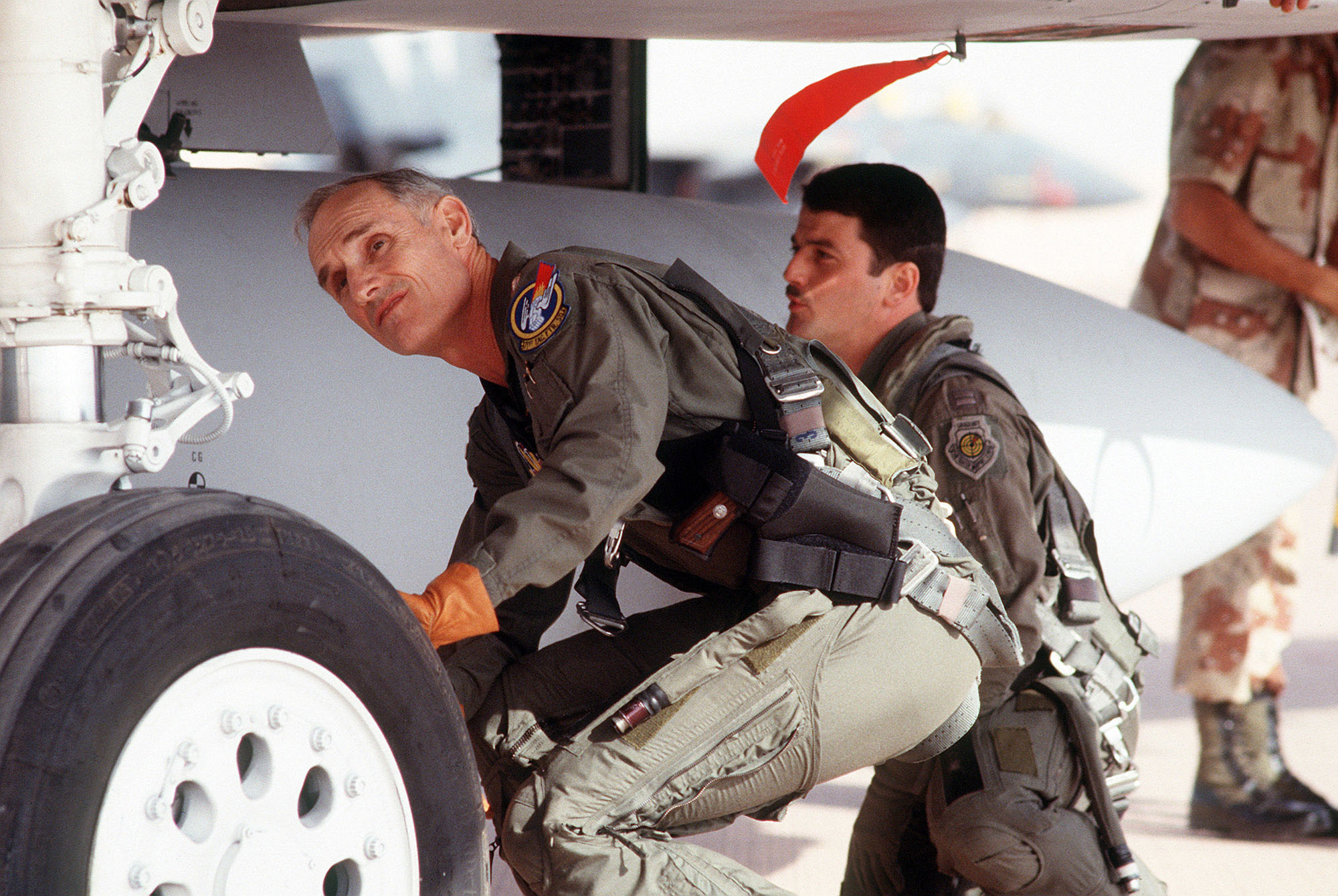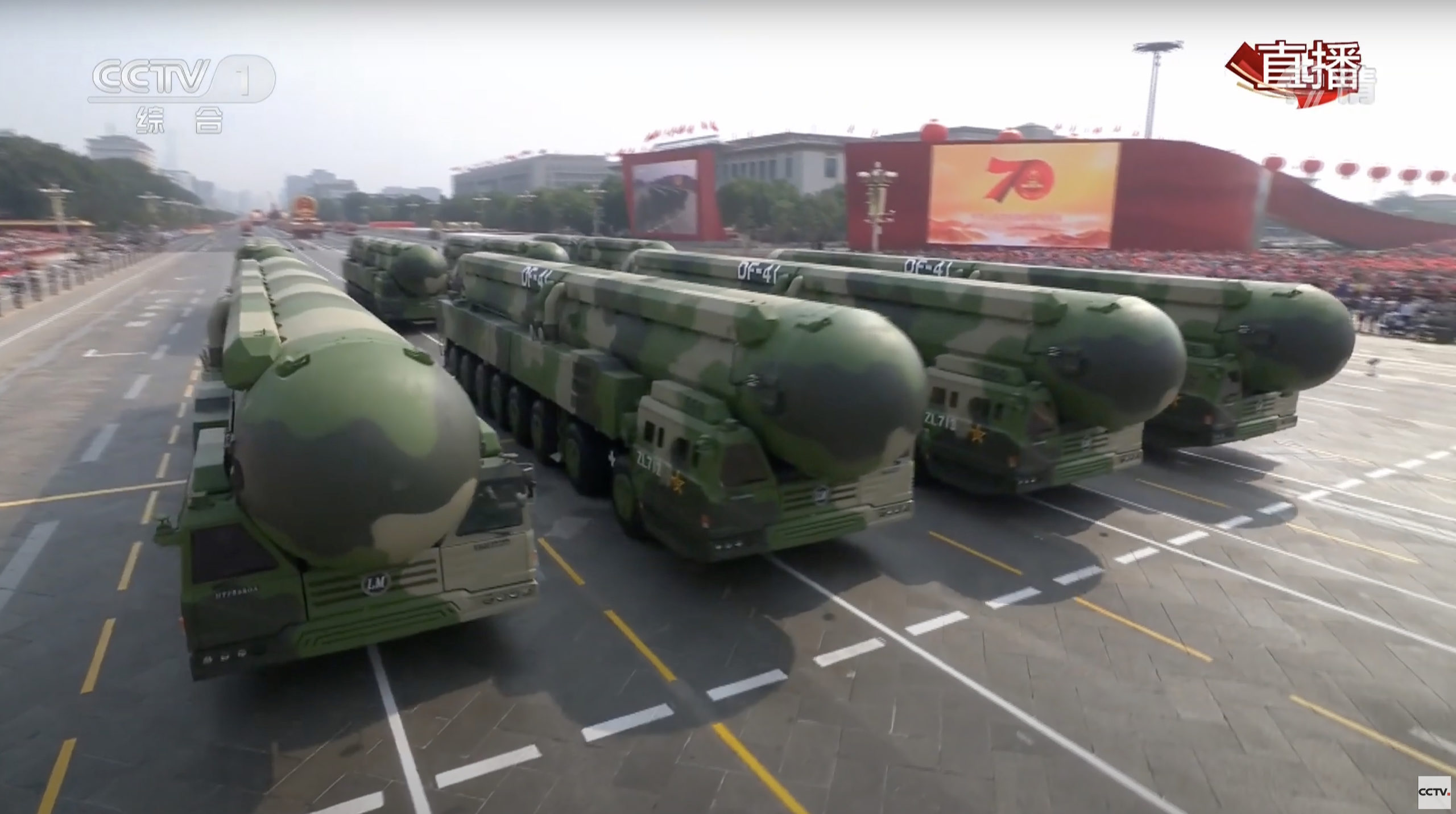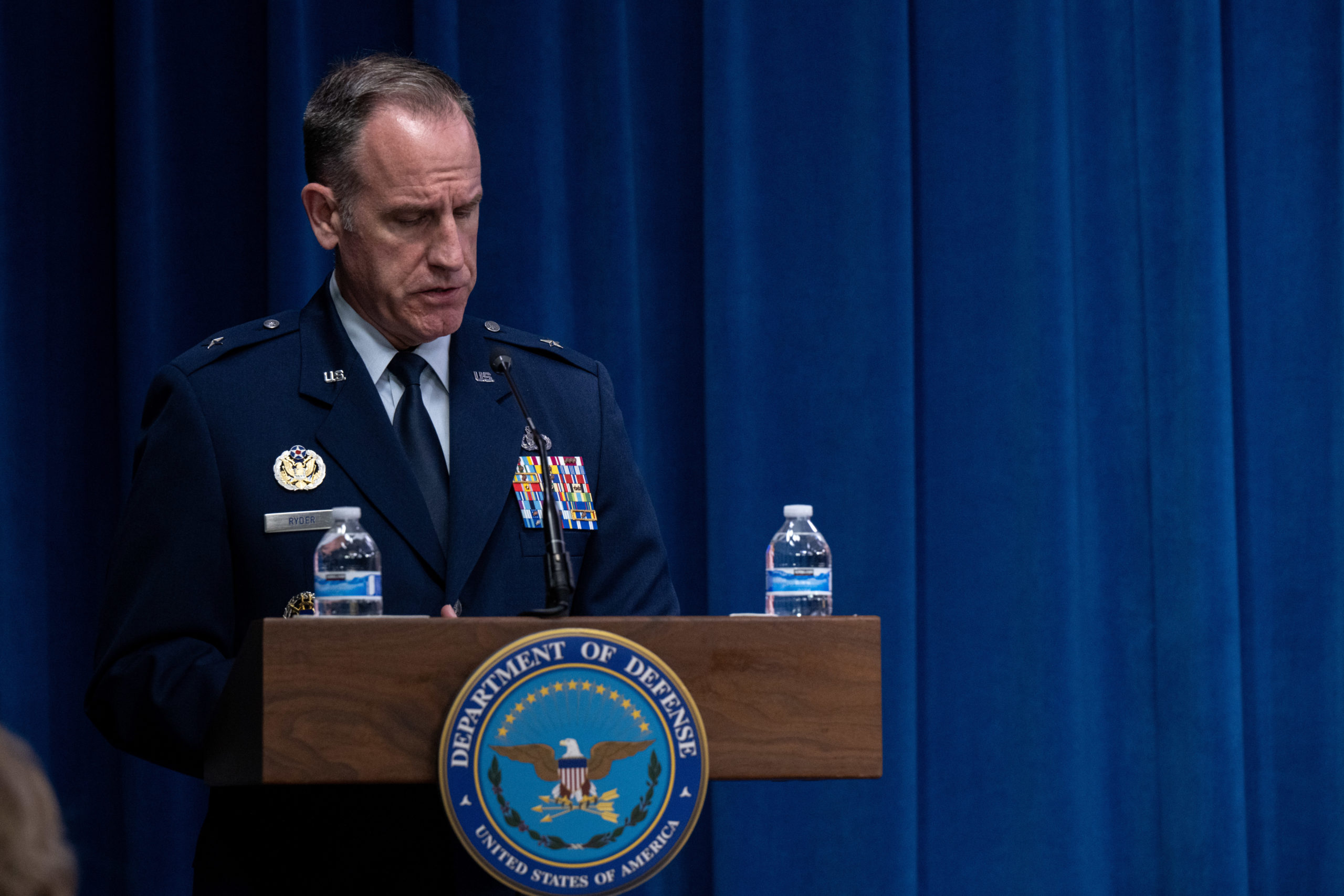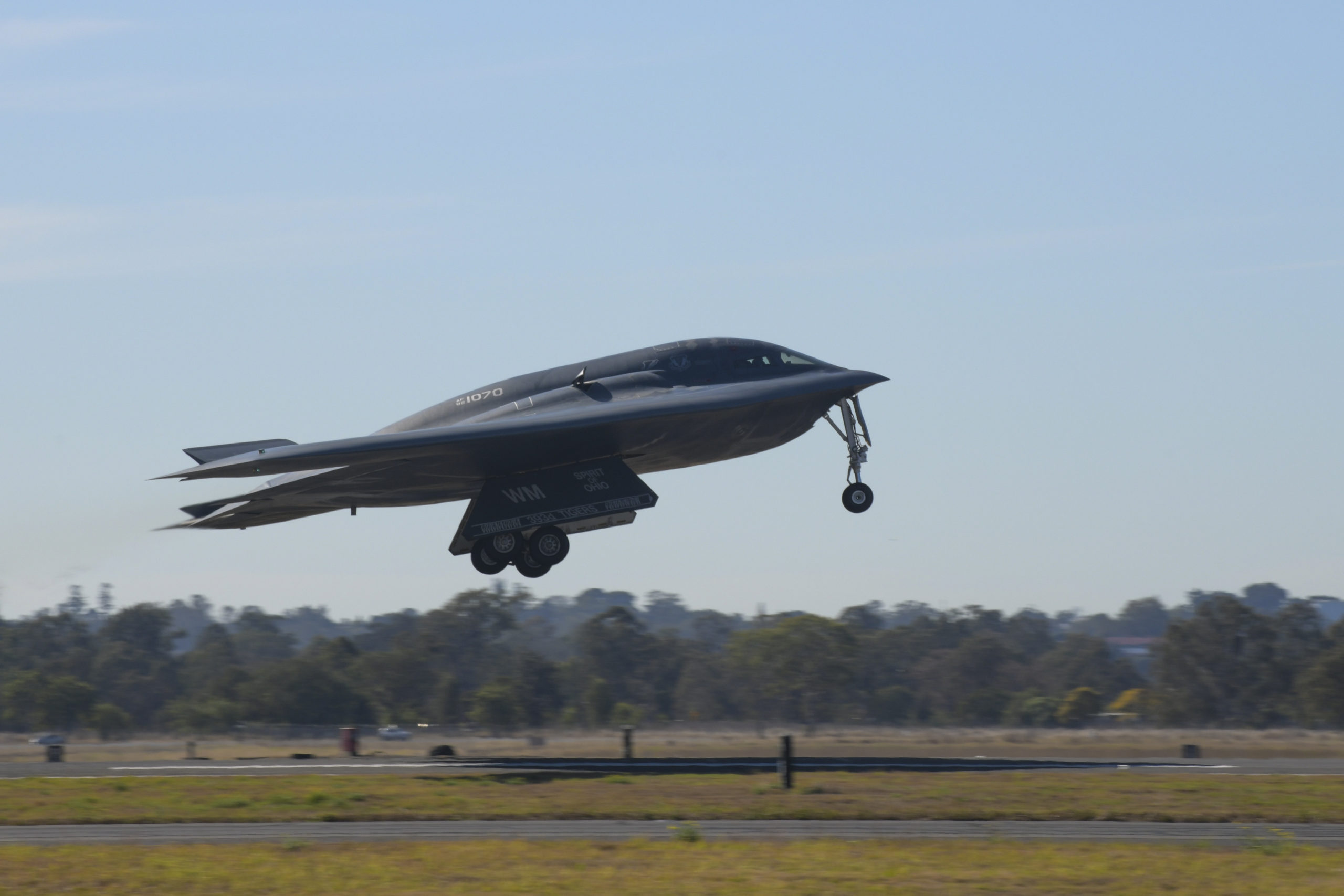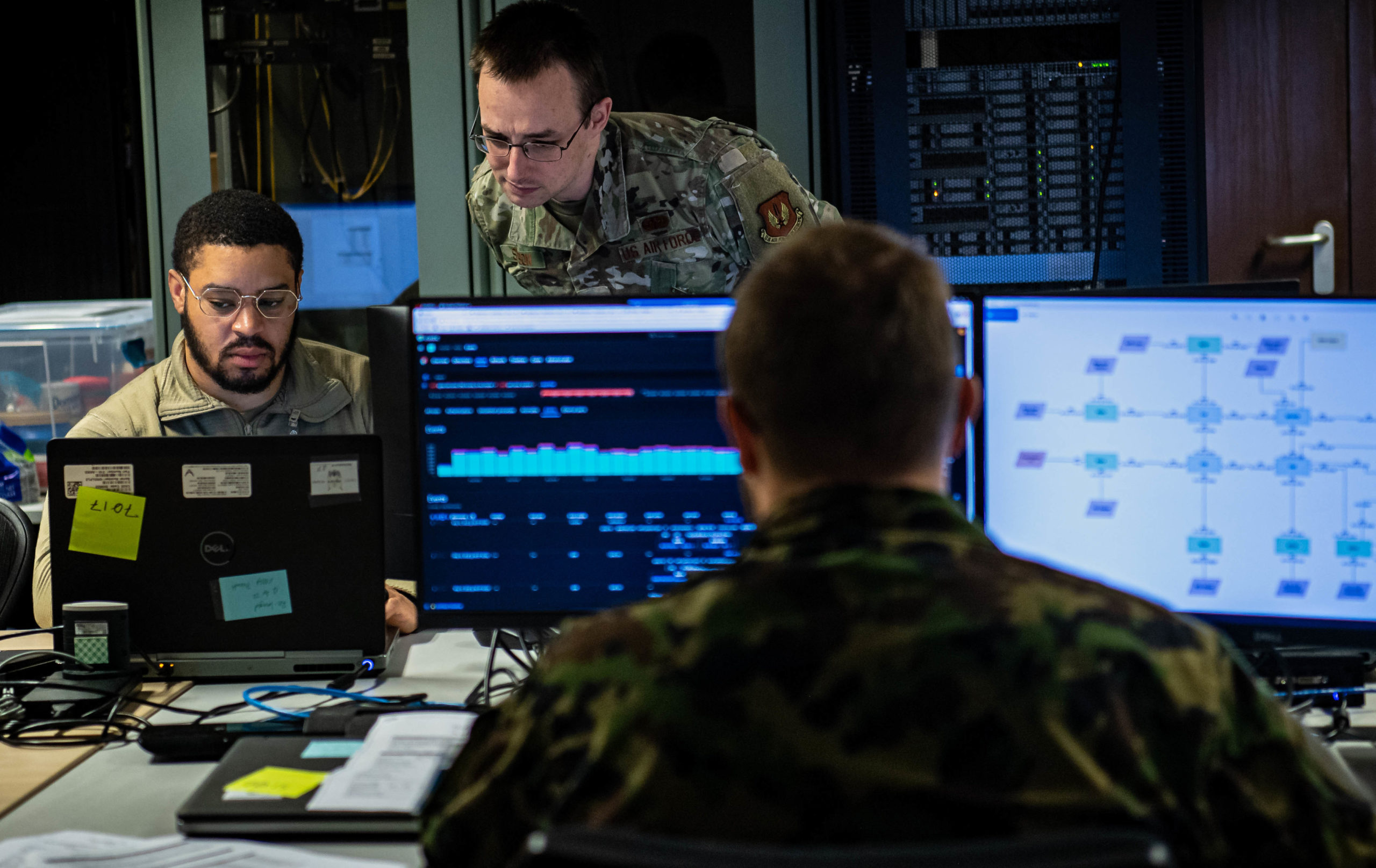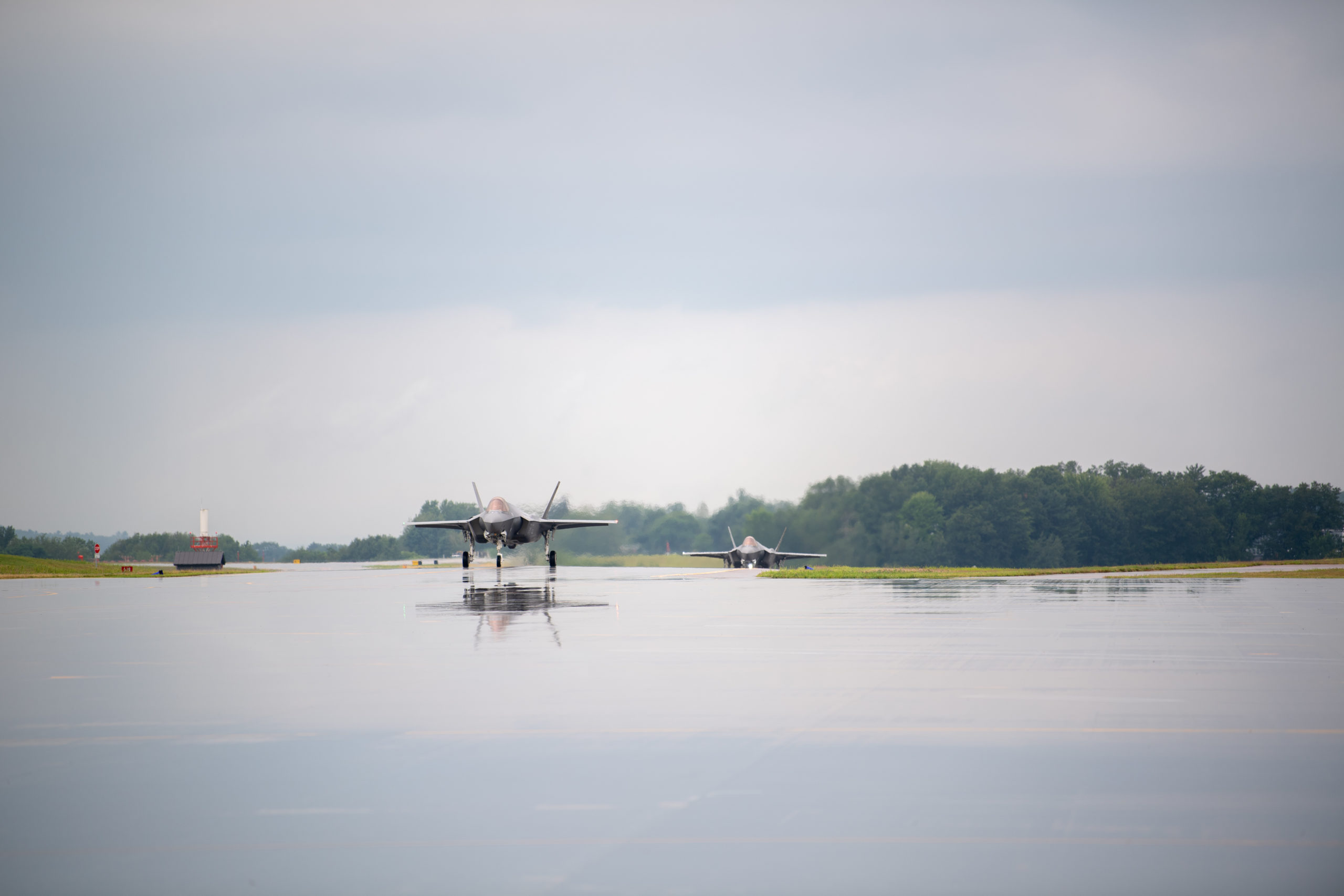The Pentagon’s Civilian Harm Mitigation and Response Action Plan released Aug. 25 details nearly a dozen objectives creating institutions and processes to reduce the likelihood of civilian casualties.
But critics say the plan’s objectives may do more harm than good, creating extra layers of bureaucracy for planners and operators to navigate, and that it won’t work in a large-scale conflict.
In a memo accompanying the release of the action plan, Secretary of Defense Lloyd J. Austin III called its objectives “ambitious but necessary,” and press secretary Brig. Gen. Patrick S. Ryder told reporters that the plan will “enable DOD to move forward on this important initiative.”
Austin first ordered the drafting of an action plan in January, not long after a series of reports from the New York Times in late 2021 detailed the impact of airstrikes that led to hundreds of civilian casualties in the Middle East. Those reports followed the high-profile deaths of 10 civilians in Kabul, Afghanistan, in August 2021, caused by an erroneous strike during the U.S. withdrawal.
Among the action plan’s objectives is the establishment of a civilian protection center of excellence; the incorporation of guidance for addressing civilian harm across the full spectrum of armed conflict into doctrine and operation plans; improved knowledge of the civilian environment and civilian harm mitigation capabilities and processes throughout the joint targeting process; and the creation of a steering committee to oversee the action plan’s implementation.
More practically, what that will entail for operators in the field is “having somebody or probably a group of people who are experts in this civilian environment, that are sitting next to the operators, the threat-focused intel folks, the lawyers, as they’re really developing whether it’s an individual operation or a campaign and building in this component of civilian harm throughout the overall process,” a senior defense official told reporters in a background briefing.
Among those who could be included in those plans are forward deployed experts from the new center of excellence, the official added.
Austin, Ryder, and the defense official all emphasized in their statements that the action plan is meant to be forward-facing—Austin called the reforms “scalable and relevant to counterterrorism operations and large-scale conflicts against peer adversaries.”
But retired Lt. Gen. David A. Deptula, dean of the Mitchell Institute for Aerospace Studies, disagreed.
“I believe that this report and the recommendations that it contains are really backward-looking toward an era of counterinsurgency and counterterrorism operations,” Deptula said. “Conditions will be very much different in operations in a major regional conflict. That doesn’t mean that avoidance of, planning for, and having the understanding of how to execute operations while minimizing or avoiding civilian casualties changes in importance. It just means that the intensity of conflict is not going to allow for exquisite, centralized analysis for the prosecution of each and every target.”
Instead, the Pentagon should work to ensure that its operators and planners know and abide by the laws of armed conflict, particularly the principle of proportionality, Deptula said—in an attack for a military objective, any anticipated civilian harm should not be “excessive in relation to the concrete and direct military advantage anticipated.”
Trying to create uniform processes and institutions that oversee all civilian harm reduction efforts also runs contrary to the Pentagon’s and Air Force’s philosophy of distributed control, added Deptula—Air Force Chief of Staff Gen. Charles Q. Brown Jr. and others have said they want to fundamentally shift their approach to war by embracing “decentralized execution … It’s the aspect of being able to work small teams and trusting our Airmen to be able to do things.”
Using such an approach in a major conflict will mean “you’re going to be operating in environments where … connectivity between the leading edge of the combatant forces and the highest levels of command will be interrupted,” Deptula. “So you can’t stop the execution of operations. This is why it’s so important for the individual combatants to fully understand the laws of armed conflict.”
Conversely, adding more layers of approval to the targeting process will increase the amount of time it takes to make a decision and execute a strike, retired Col. Mark Gunzinger, the Mitchell Institute’s director of future concepts and capability assessments, said.
“That can lead to lost opportunities. That can lead to suboptimal operational results,” Gunzinger said. “And that could lead to actually more casualties, and not fewer.”
Beyond that, prioritizing the prevention of civilian harm over the accomplishment of military objectives could lead to a dynamic in which “the commanders and their staffs that do the planning for next day’s operations—they’ll be self constraining, in that the most important thing in the planning would be no collateral damage, rather than what effects do we need to make to achieve a battlespace objective, to get this over with,” said retired Maj. Gen. Larry Stutzriem, the Mitchell Institute’s director of research.
Such a dynamic would extend conflicts, Stutzriem warned, with the potential for more civilian casualties as a result.


